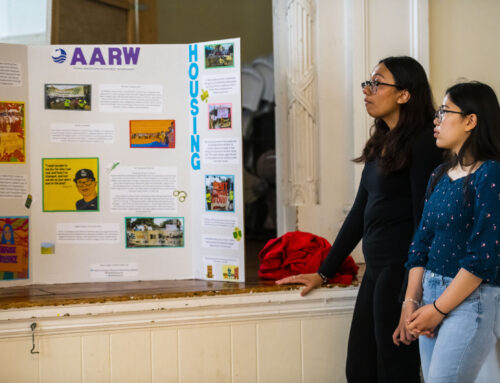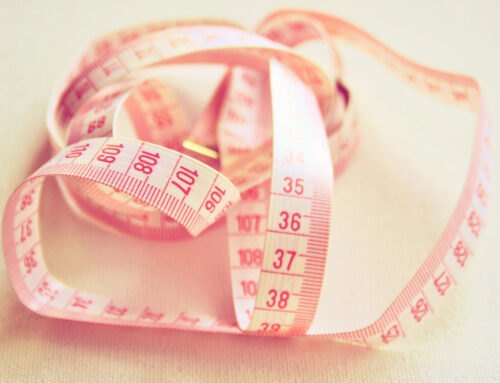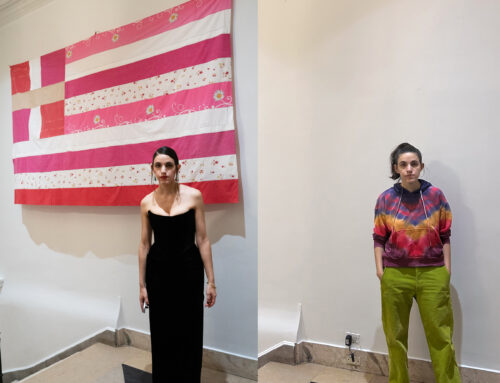It’s the same echoes of “it’s not how it used to be,” followed many times by “it’s all man-hating now,” typically accompanied with the equally tiring, “it used to be about equality.” Generally, I nod, give myself a little grimace, and move on. More often than not, a woman tells me these things, and I feel a little stab of pity—why won’t you at least support other feminists like you? You would accept unequal pay exists and know it’s wrong to discriminate based on things a person can’t control, so why won’t you call yourself a modern feminist?
So then I want to ask you, which feminism do you support? I hear the phrase “classic” feminism a lot—but I spot a number of things wrong with that statement.
Is the 1800s “classic” enough for you? Are Susan B. Anthony and Elizabeth Cady Stanton your die-hard feminist idols? They fought for white equality, because at the time, that’s what people believed in. Reportedly, no women of color attended their esteemed feminist convention in Seneca Falls, because their revolution was for middle to upper class non-colored people. If that’s the value you think feminism should have now, you’re not an ally, and you’re certainly not a feminist.
Perhaps that’s too far back, and maybe I should be talking about what people like to label “second-wave” feminism. Whereas the predecessors of this wave focused on changing the law on things like political and voting rights, the feminism of the mid-1900s sought to change inequalities that existed mostly outside the realm of the law. By this point, it wasn’t even about legal equality, because they already had it—most women were covered by most of the same laws men were. Instead, it was about fighting for opportunities proportionate to the level of advantage a person had. Not social equality. It still didn’t take into account marginalized groups of women nearly enough. This was still mostly about middle to upper class white women who wanted to be more independent than the patriarchy of the time allowed.
None of this feminism is as inclusive as it is today, nor did it actively give platforms to women of color or people of the LGBTQ+ community. This movement was never about men; it is and always has been a celebration of the collective identity of what it means to be a woman in that time. “Modern” feminism, therefore, is the only kind of feminist that reflects today’s femme culture that features, primarily, our sisters of color and trans and gender-fluid siblings.
While we have a long way to go, it is important to note that feminism, as any movement, is fluid and reacts directly to the voices we support and amplify.
After the suffrage movement, feminism was definitely not just about equality. Feminism changed into defining women and LGBTQ space in society and became a community of like-minded people. Although the movement grew to encompass topics like toxic masculinity, feminism morphed to better reflect the values of its members—not focused on women’s relationship to men.
I don’t like calling “classic feminists” feminists, because they make a point not to support what the movement is about—they bash their “modern” counterparts for “not being true to the movement.”
Feminism, now, at least, is supportive of the people who are disadvantaged in their day-to-day lives because of who they are. While the word has been sensationalized, intersectional doesn’t describe a type of feminism—it’s not optional. Instead, it’s a word the brands the feminism of today.
If you’re not intersectional, you’re not a feminist, classic or not.




